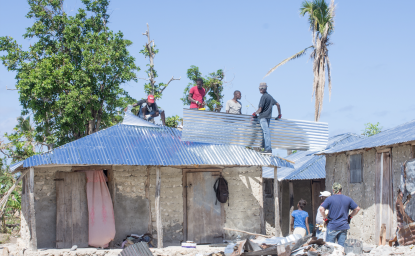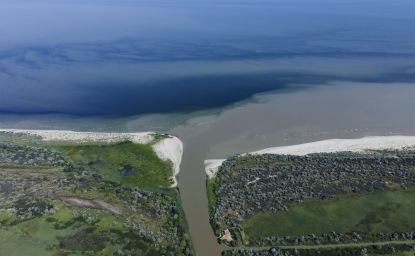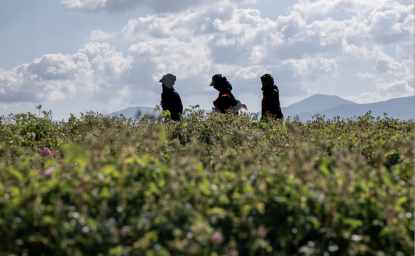Severely eroded and deforested, Ethiopia's land is increasingly turning to desert, due to the country's high population growth, unsustainable land use, and lack of land ownership. Featuring footage from my trip to Ethiopia last year, this video looks at the efforts of two projects to combat these devastating trends by meeting the country's complex challenges with integrated solutions.
Ethiopia's population is estimated at 85 million. Since 1900, the country has grown by nearly 74 million people, and the United Nations predicts this rapid growth will continue, reaching nearly 120 million people by 2025.
"Family planning is very crucial" to sustainable development, said Gebrehiwot Hailu of the Relief Society of Tigray (REST), located in the northern region of Tigray. "If the family has more children
he can't feed them properly, he can't send the children to school, because there is a food gap in the household." REST uses a watershed planning model jointly developed by the community, health workers, and government agencies.
Realizing there is no silver bullet to development, projects like REST integrate population, health, and environment (PHE) programs to engage these challenges from all angles.
The Ethio Wetlands and Natural Resource Association (EWNRA), located in Ethiopia's Wichi watershed, uses a combination of techniques to restore the watershed, create alternative livelihoods, strengthen health systems, and improve reproductive health.
"Through this integrated watershed intervention, the wetland is regaining its natural situation," Shewaye Deribe of EWNRA told me. "The communities with their own bylaws, with their own watershed committee, with their own organization
are protecting these remaining forest patches."
Video and text by Sean Peoples




